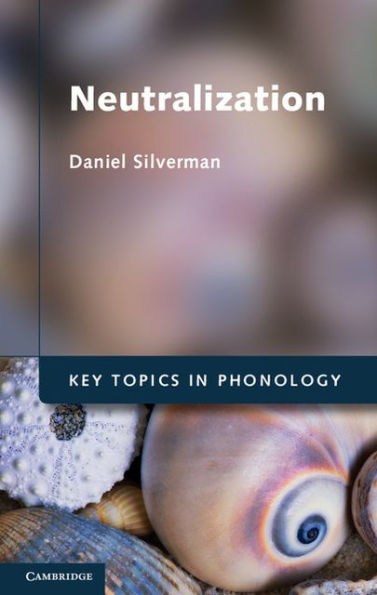The function of language is to transmit information from speakers to listeners. This book investigates an aspect of linguistic sound patterning that has traditionally been assumed to interfere with this function – neutralization, a conditioned limitation on the distribution of a language's contrastive values. The book provides in-depth, nuanced and critical analyses of many theoretical approaches to neutralization in phonology and argues for a strictly functional characterization of the term: neutralizing alternations are only function-negative to the extent that they derive homophones, and most surprisingly, neutralization is often function-positive, by serving as an aid to parsing. Daniel Silverman encourages the reader to challenge received notions by carefully considering these functional consequences of neutralization. The book includes a glossary, discussion points and lists of further reading to help advanced phonology students consolidate the main ideas and findings on neutralization.



